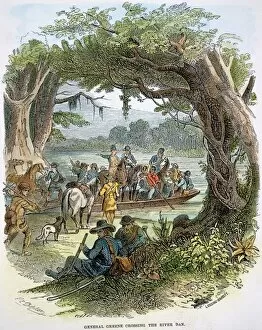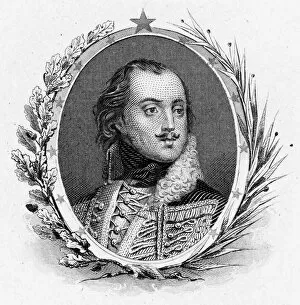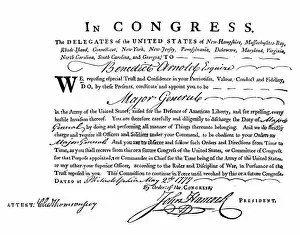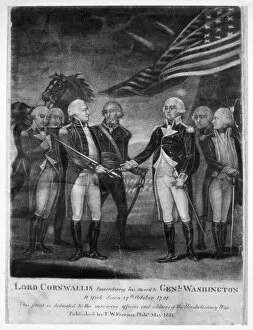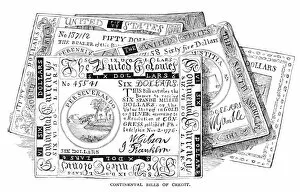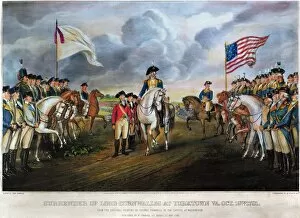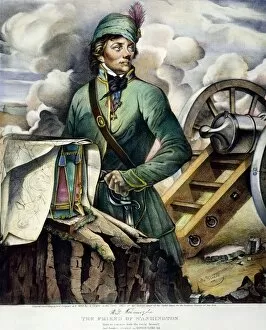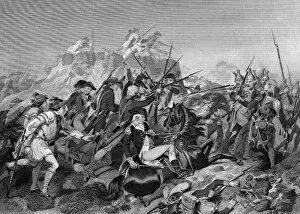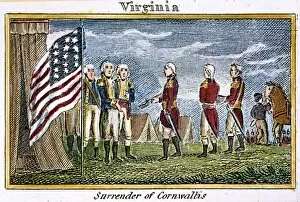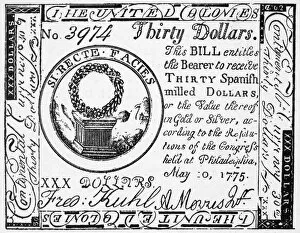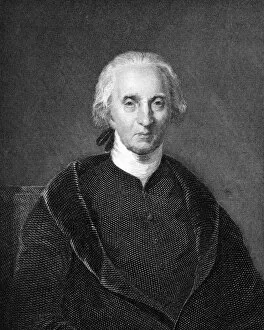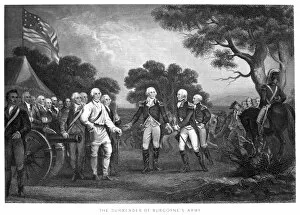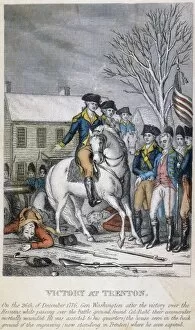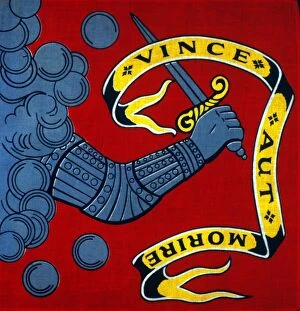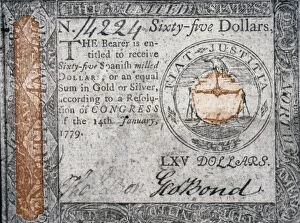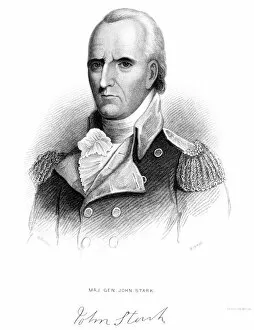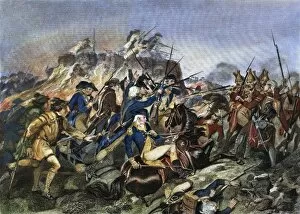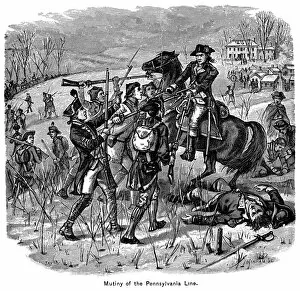Continental Army Collection (#8)
"The Continental Army: Forging a Nation through Blood and Valor" The paintings and engravings of Howard Pyle, Alonzo Chappel
For sale as Licensed Images
Choose your image, Select your licence and Download the media
"The Continental Army: Forging a Nation through Blood and Valor" The paintings and engravings of Howard Pyle, Alonzo Chappel, and William Tylee Ranney vividly capture the heroic struggles of the Continental Army during the Revolutionary War. These artworks serve as powerful reminders of the sacrifices made by these brave men who fought for independence. In Pyle's "The Nation Makers, " we witness the Battle of Brandywine in 1777. The canvas comes alive with soldiers engaged in fierce combat, highlighting their unwavering determination to secure liberty for future generations. Pyle's "Battle of Bunker Hill" transports us back to that fateful day in 1775 when American patriots valiantly defended their position against British forces. The painting immortalizes this iconic battle, symbolizing the spirit and resilience that defined the Continental Army. Chappel's colored engraving depicts an equally significant event -the retreat of British troops from Concord after facing fierce resistance on April 19th, 1775. This image captures a pivotal moment when American colonists stood up against tyranny, marking one step closer towards freedom. Hamilton at Yorktown is brought to life through Chappel's steel engraving. It portrays General Hamilton leading his troops during this decisive battle in 1781. This victory would ultimately lead to America securing its independence from Britain. Other notable battles are also depicted within these works – such as Long Island and Bennington – showcasing moments where American soldiers faced overwhelming odds but emerged victorious under leaders like John Stark and Israel Putnam. Ranney's steel engraving showcases Francis Marion crossing Pee Dee River with his men to harass British forces in South Carolina during the war. This daring act exemplifies guerrilla warfare tactics employed by resourceful American commanders throughout this conflict. These images remind us not only of our nation’s birth but also pay homage to those who risked everything for the ideals of freedom and liberty.

